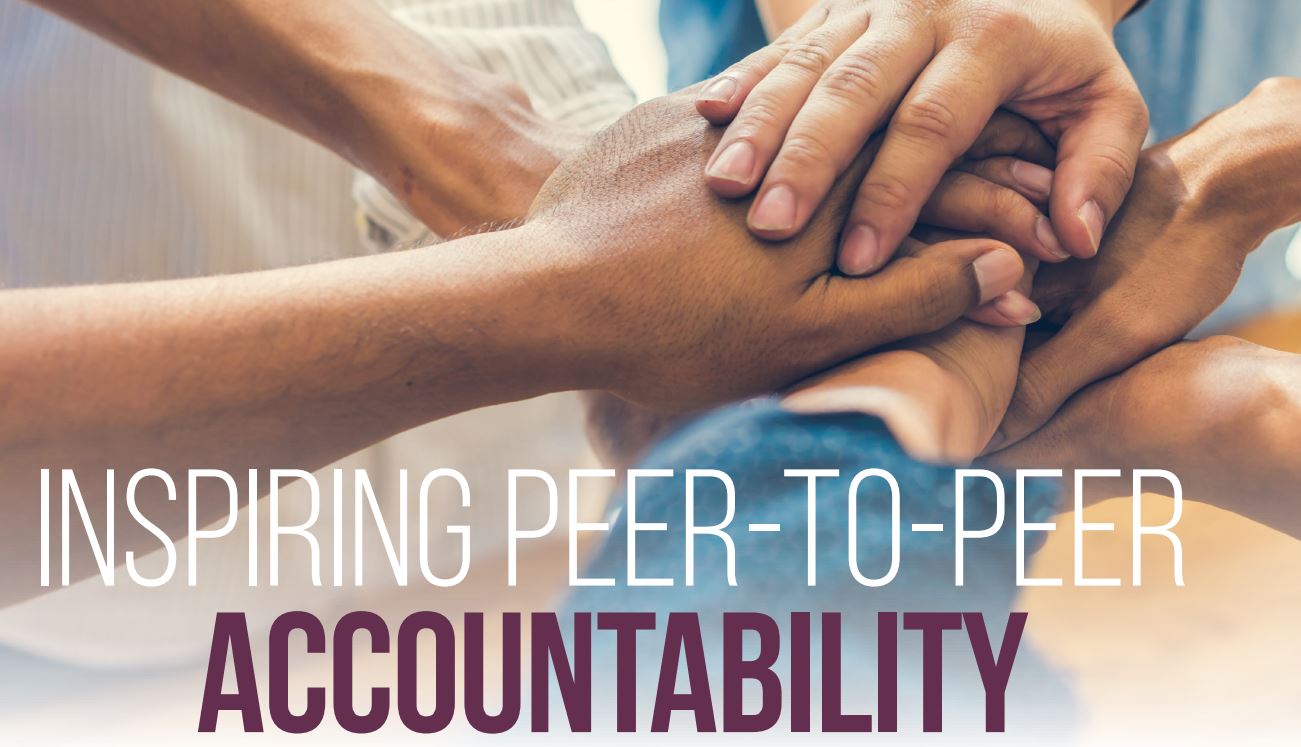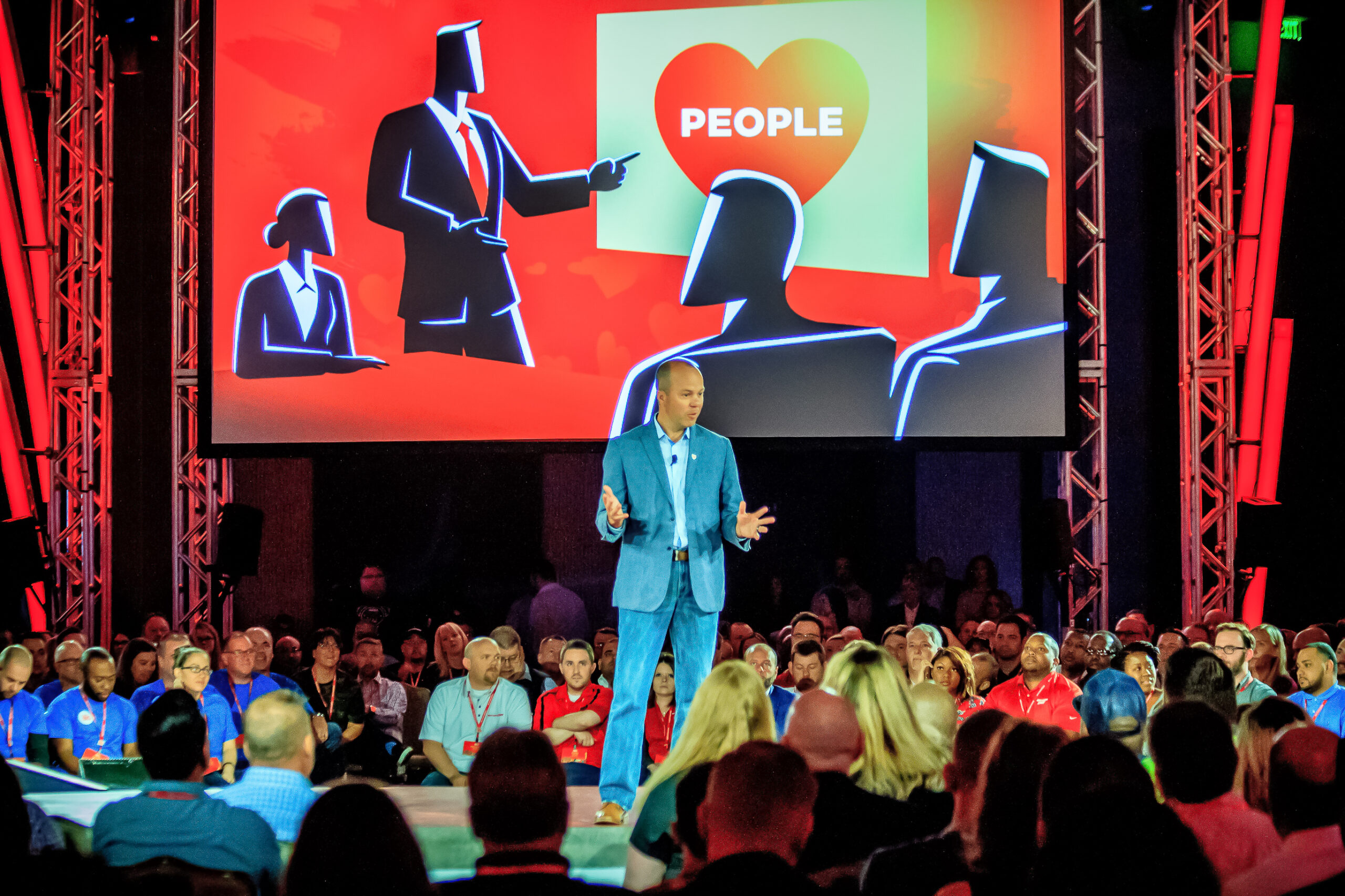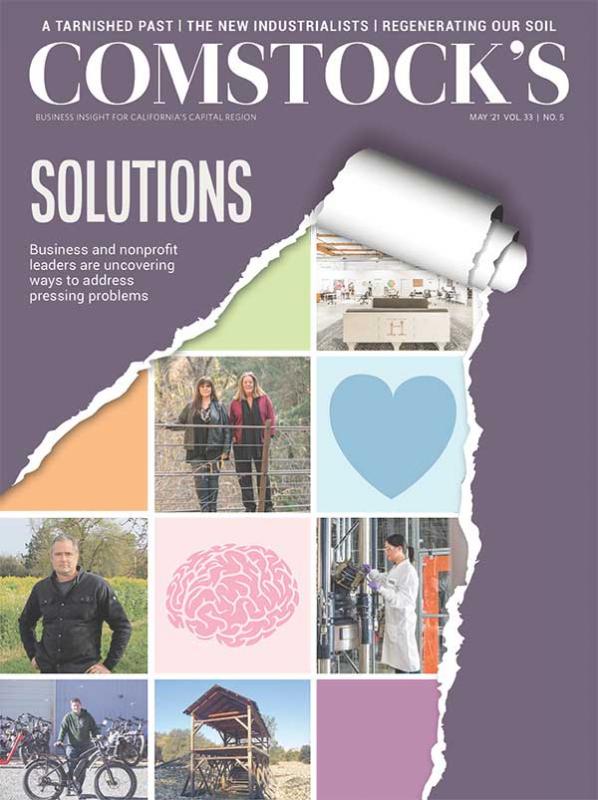
“Good teams become great ones when the members trust each other enough to surrender the ME for the WE.” – Phil Jackson, former NBA coach with 11 Championship titles, most in the NBA.
Phil Jackson is one of the best coaches the NBA has ever seen. He managed Michael Jordan, arguably the greatest player in the world, and convinced him to embrace selflessness on the court (even if it meant losing a scoring title). Coach Jackson forged successful teams out of players with varying abilities by getting them to trust one another and perform in sync. He also inspired Dennis Rodman and other “uncoachable” personalities to devote themselves to something larger than themselves. He’s even responsible for transforming Kobe Bryant from a rebellious teenager to a mature leader of a championship team. He did a lot of this by building teams based on players trusting each other.
This is much like Peer-2-Peer Accountability which involves an environment where coworkers hold each other to a high standard of work—encouraging each other with constructive feedback and checking in with each other about reaching goals. It’s an action best built on the kind of trust Phil Jackson used to develop his successful teams. As a leader, look to channel your inner Phil Jackson. Coworkers trusting each other, and holding one other accountable starts with the leader as a role model.
The following ten traits are vital to accountability and trust and are critical to see coming from the top down.
- Displays Honesty and Transparency.
Many times, people pay a lot more attention to how you make them feel than the actual words that come from your mouth. Of course, you should watch how you word things, and being authentic is more important. You are gaining trust with your employees when you aren’t hiding anything from them.
- Show Humility and the Will to Apologize.
Exhibiting humility shows your respect for others. You will not do everything perfectly or always know all the answers, but admitting this goes a long way with your team. After all, we are all human, and it’s one of the few things we all share in common at the core.
- Provide Solutions and Not Excuses.
Everyone has reasons for doing what they do, but no one likes to hear excuses, so avoid using them. Instead, focus on how you can make the current situation better for your team. This type of leadership helps your team focus on the future and not feel defeated.
- Always Looking for Ways to Improve.
Along the same lines, look for ways to make yourself better. Could you learn to be a better leader? Speak more confidently or compassionately? The most significant investment you can ever make is in improving yourself. Go read a business book and then share what you learned with your team. By doing so, you will inspire your employees to do the same.
- Be Proactive in Preventing Problems.
A great leader knows how to recognize a little problem before it becomes a bigger one and takes action to prevent it from happening. Don’t look the other way when you see an issue brewing. Be willing to give others tough love when needed. One way to do this is to keep your critical interactions with employees private and not to embarrass anyone in front of the whole team.
- Show Proof That You Are Listening.
Do you know one of the best ways to win the hearts of your employees, or anyone for that matter? Listen to them. You cannot learn anything if you’re always the one talking. Provide proof that you are listening. As you may have experienced yourself before, it can be frustrating to share feedback with someone and never get any real response that the person was listening to you.
- Accept Blame for Your Actions.
Much like not finding excuses for your wrongdoings, do not hesitate to take the hit when you know you are wrong. As a father myself, I must own up to when I’ve gotten angry or brushed off an important matter. It goes a long way with your employees when they see their leader ‘take the hit’ for something they did.
- Do What You Say You Will Do.
One of the most important qualities you can add to your team is having integrity. Keep appointments and do not cancel at the last minute unless it’s a true emergency. Show you value other people’s time. Following through on small (and big) commitments is critical. When you do this, you will see your team take the same urgency you do in following through.
- Show Love In Serving Others.
When you are genuine about helping others, you show that their concerns become greater than your own. Become the heart of your organization, and the leader your staff knows they can turn to for compassion, support, and some tough love when they need it.
- Return Communication Including Phone Calls, Texts, and Email.
Making sure you return all your correspondence is another way of exhibiting integrity. When you ignore someone’s request for information, it is subtly telling that person you don’t really care about their needs. A straightforward way to be respectful is to address any correspondence in a timely manner. If you must hire an administrative person to keep up because you receive so many calls, texts, and emails, it’s worth the extra investment.
In my book, Balanced Accountability, I talk about the 3Ps: Personal Accountability, Positive Accountability, and Performance Accountability. When it comes to Personal Accountability, you need first to hold yourself accountable as a leader. With Positive Accountability, showing positivity (for example, rewarding a job well done) inspires your team to work hard and makes them want to keep working for you. In Performance Accountability, it’s about creating a visible scoreboard to measure performance. It also involves coaching them without severely penalizing them for their mistakes. Michael Jordan missed more than 9,000 shots in his career. Do you think Phil Jackson would severely punish Jordan every time he missed a shot?
Peer-2-Peer Accountability starts with you as their leader. When your team sees you living up to these standards, they’re inspired to improve themselves and perform better.
When you’re a leader, you should do just that: lead, not manage. Many years ago, we didn’t inspire our workforce in this way, and I would have been called crazy for promoting this kind of personal touch and positivity from the top down. Thankfully, that attitude is changing. Accountability is the best way to get a negative workplace back on track to positivity and winning. Implement these characteristics and traits and see how the energy changes quickly at your car wash location.
Hernani Alves is an entrepreneur, business accountability expert, Amazon best-selling author, and speaker that helps leaders build world-class teams. In his book, “Balanced Accountability,” Hernani reveals the framework needed to improve workplace accountability by winning hearts to maximize performance.
Get Your Free Checklist to Creating Peer-to-Peer Accountability


















